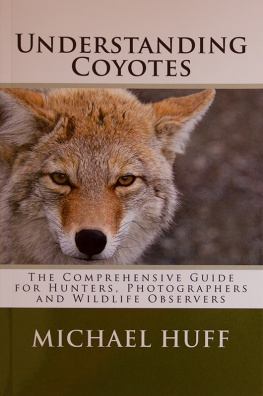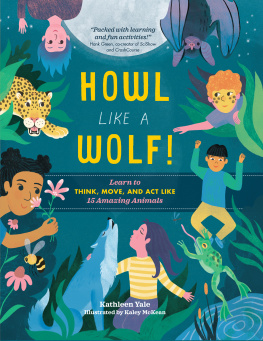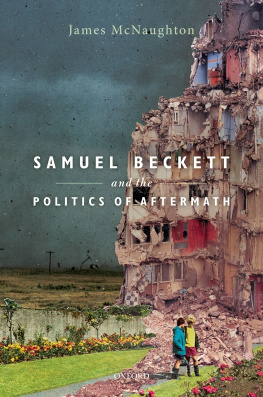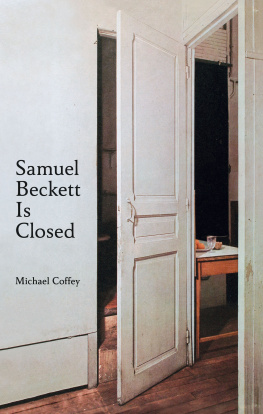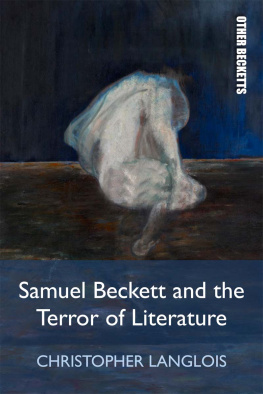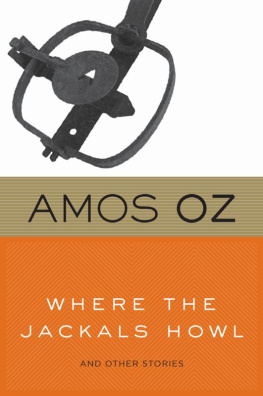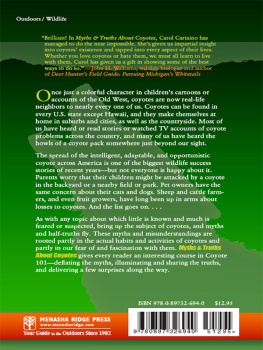
This edition is published by BORODINO BOOKS www.pp-publishing.com
To join our mailing list for new titles or for issues with our books borodinobooks@gmail.com
Or on Facebook
Text originally published in 1946 under the same title.
Borodino Books 2017, all rights reserved. No part of this publication may be reproduced, stored in a retrieval system or transmitted by any means, electrical, mechanical or otherwise without the written permission of the copyright holder.
Publishers Note
Although in most cases we have retained the Authors original spelling and grammar to authentically reproduce the work of the Author and the original intent of such material, some additional notes and clarifications have been added for the modern readers benefit.
We have also made every effort to include all maps and illustrations of the original edition the limitations of formatting do not allow of including larger maps, we will upload as many of these maps as possible.
LET THE COYOTES HOWL
A STORY OF PHILMONT SCOUT RANCH
BY
SAMUEL D. BOGAN
TABLE OF CONTENTS
Contents
TABLE OF CONTENTS
DEDICATION
To
WAITE PHILLIPS
whose faith in the American boy
brought us, at last, to
The Shining Mountains
ACKNOWLEDGMENTS
I am deeply obliged to the Boy Scouts of America for sanction and approval of explorations within the great Philmont Ranch properties of the organization, and to the archaeological staff of the Peabody Museum at Yale University for invaluable advice and assistance.
My greatest obligation will always remain with the youthful members of the expedition. They have been willing to have the record stand as it happened, and the use of their personal diaries has been a valuable check against my own observations. I should like to introduce them: Bob is Robert Butler, Tops is Aubrey Davies, Art is Arthur Eade, Jr., Wally is Wallace Rubin, Buttons is Norman Shemitz, and Irv is Irving Versoy. The combination is dynamite or inspiration, depending somewhat upon the mood of the moment.
FOREWORD
THIS day-by-day narrative of events on a scout expedition will interest every ex-scout by reviving memories of his own experiences and his fondest daydreams. The contemporary scout will find it fascinating as proof that his own hopes are not beyond realization. That the members of this party chose an archaeological objective is not vital, for had they been interested in a survey of insect life, small rodents, reptiles, birds, or even wild plants, their story would have been equally interesting. In fact, many other objectives could be chosen, all equally promising, such as making a topographical map, a geological survey, or a study of stream and wind erosion. Finally, a historical program could be devised, such as following the trail of De Soto, part of the trail of Lewis and Clark, or the path of prairie schooners along the Old Platte Trail.
The scout leader upon whom the success of such an excursion depends will find this volume a first-class reference. He can read between the lines, sensing the daily problems of personality adjustment arising in the camp. The idea of hinting that each boy keep his own diary is more important than it may seem. Further, the leader shows a fine hand in finding the right pair for each tent and in arranging the program so that each boy can exploit his preferred skill to best advantage. Teamwork is seldom real if each technical skill is everybodys business. Finally, it is easy to overlook the necessity for the preliminary study, planning, and practice which is needed to make teamwork effective enough to realize the full objectives of such an excursion.
This book reminded the writer of the important contribution made to scouting by the late B. Talbot B. HydeUncle Benny, as he was affectionately called by the boys who knew him. How he would have enjoyed reading it! In the days when scout summer camps were still an experiment, Mr. Hyde saw in them opportunities to lead boys in the study of nature, each according to his own inclination. Every plant, every rock, every living thing was to Hyde worthy of study. When a boy came to him with a question, his usual attitude was, I know little or nothing about it, but Im sure that you and I can find out if we go about it in the right way. He was firm in the faith that no problem in natural history is too high and mighty to be above the comprehension of his boys if reduced to concrete situations and clear statements. His method might be reduced to the homely statement that the best education results when the individual unconsciously educates himself. He believed that the need for accuracy of observation and precision in logic would appeal to the boy and inspire him to value the dignity and integrity of the truth. This is the character of Let the Coyotes Howl .
The value of the scout organization is not solely in the routine of the troops, nor in the ideal of a good turn daily. It flowers best in the subtle companionship between boy and leader, seeking comprehension of the world in which we live. Educators recognize several cardinal objectives in education, among which are:
a) the appreciation of aesthetic materials, as in art, music, and literature;
b) a wider appreciation of the world in which we live, or nature;
c) an appreciation of the culture in which we live, or the human environment.
The objectives we have just enumerated coincide closely with the prime purposes of the Boy Scout organization. Thus the procedure of a hike is directed particularly at the appreciation of nature, at taking the boy out of doors where he may experience some of the closeness to nature enjoyed by our primitive ancestors; but in addition it brings to bear upon what the scout observes, the superior knowledge to be found in our best books. So far, good understandable books dealing with such experiences are almost non-existent. We hope this pioneer volume will encourage more boy leaders to make similar contributions by furnishing other specific examples of what is meant by standing face to face with nature.
CLARK WISSLER
Curator Emeritus, Department of Anthropology,
The American Museum of Natural History;
Member at Large, National Council,
Boy Scouts of America
LIST OF ILLUSTRATIONS
THE QUINNIPIAC SCOUTERIt carried us five thousand miles.
THE LODGE AT FIVE POINTSWithout the lombardy poplar trees.
STATUE OF LUCIEN B. MAXWELL IN CIMARRONIt does not rain often enough to wash him away.
BILLY WETSEL, OUR COWBOYWe hold him in the light of a genius.
BILLY AND HIS OUTDOOR KITCHENHe mixed biscuits with his boot.
SALT LAKE CAVEIt is the dark spot under the tall dead pine.
BOX CANYON CAVEIt was home a thousand years ago.
INTERIOR OF BOX CANYON CAVEIt had been dry for centuries.
AN ARTIFACT IN PLACEIrv excavates the woven section of a basket in Box Canyon Cave.
A SECTION OF THE WALL IN BOX CANYON CAVEThe Indians did some heavy work.
THE SALT LAKE CAVE POT RESTOREDIt had been found in fragments.
YUCCA SANDALS FROM BOX CANYON CAVEThey had been worn. The heels were run down.
VEGETABLE ARTIFACTS FROM BOX CANYON CAVEThe Indians were good at knot tying.







